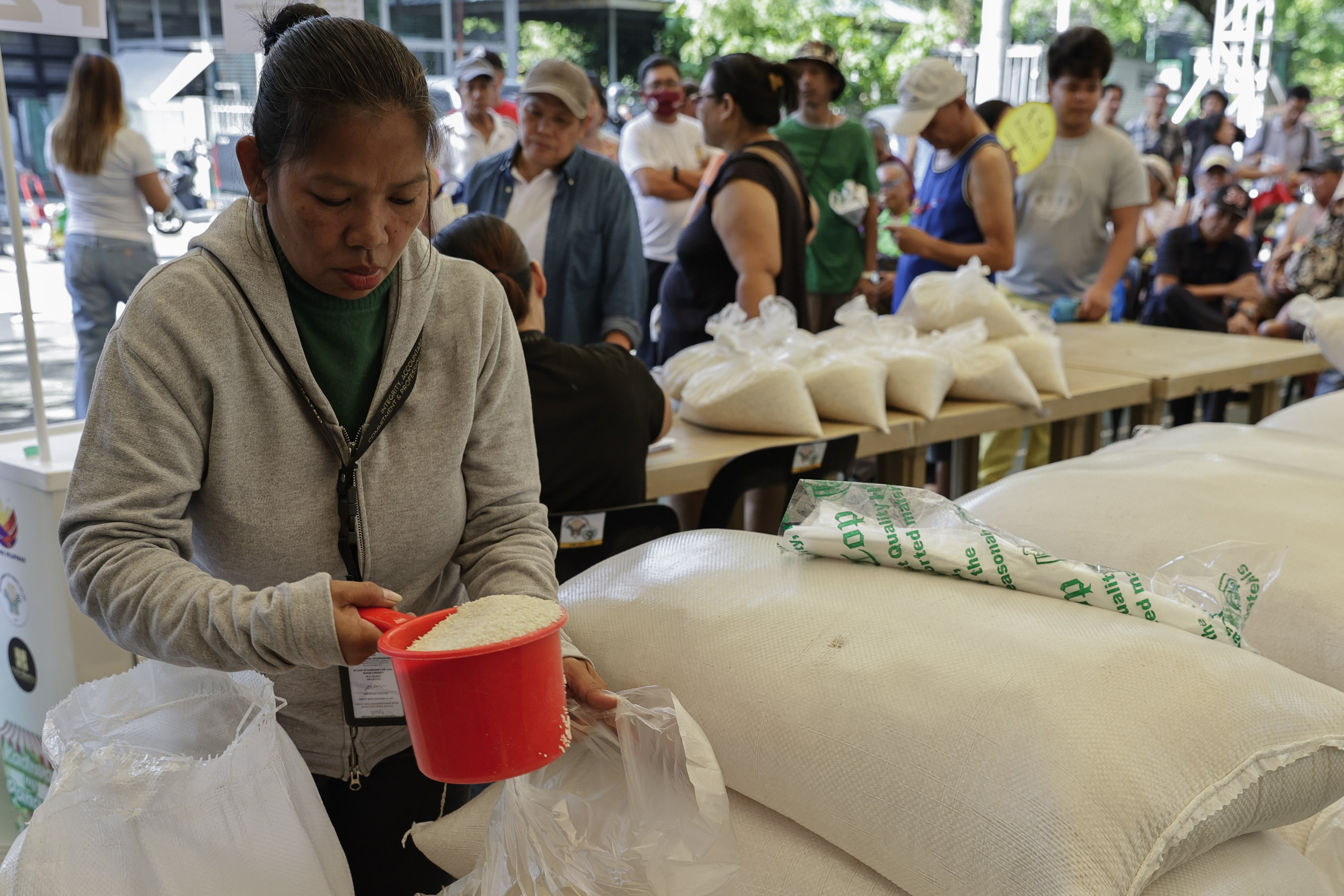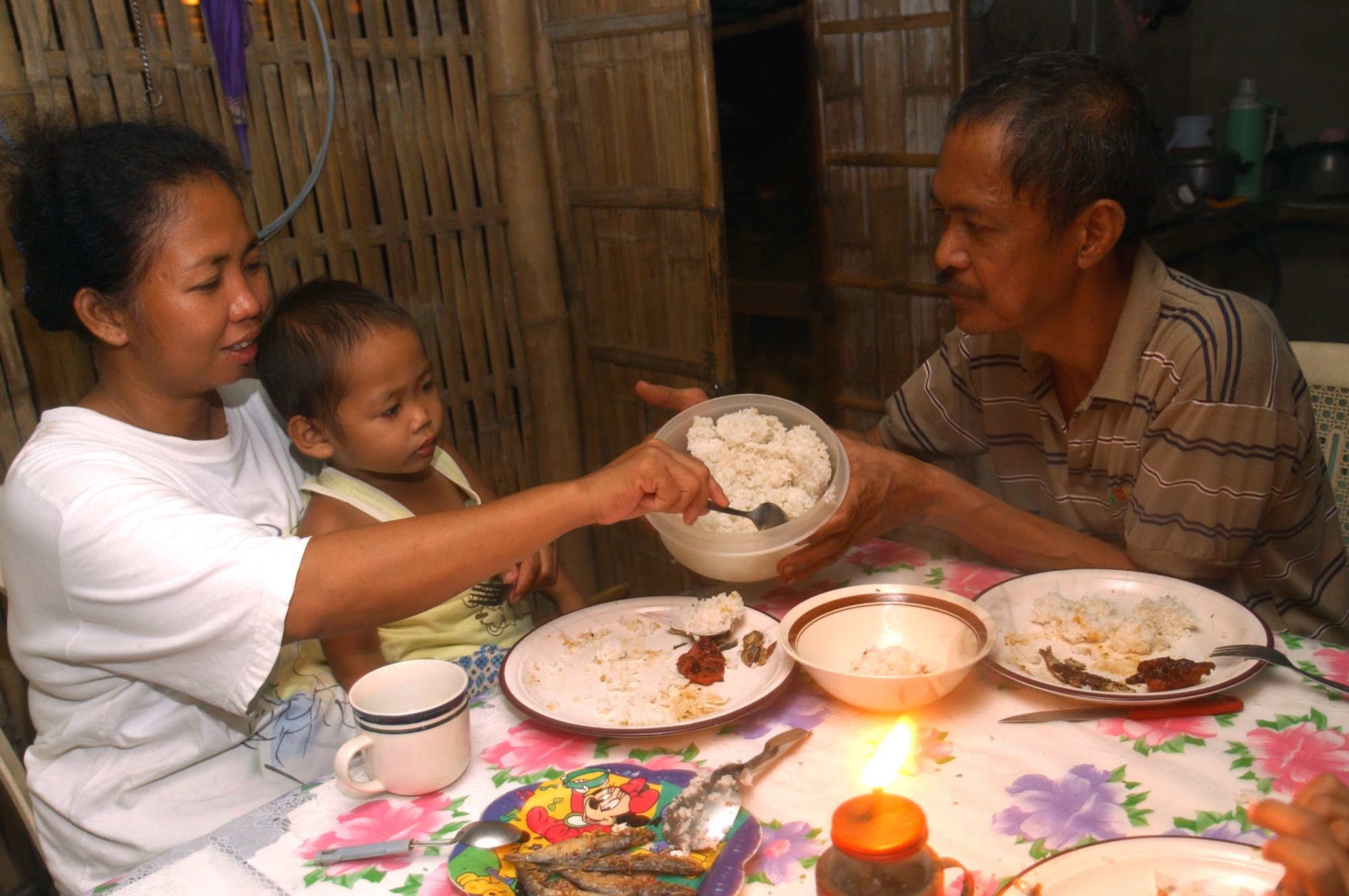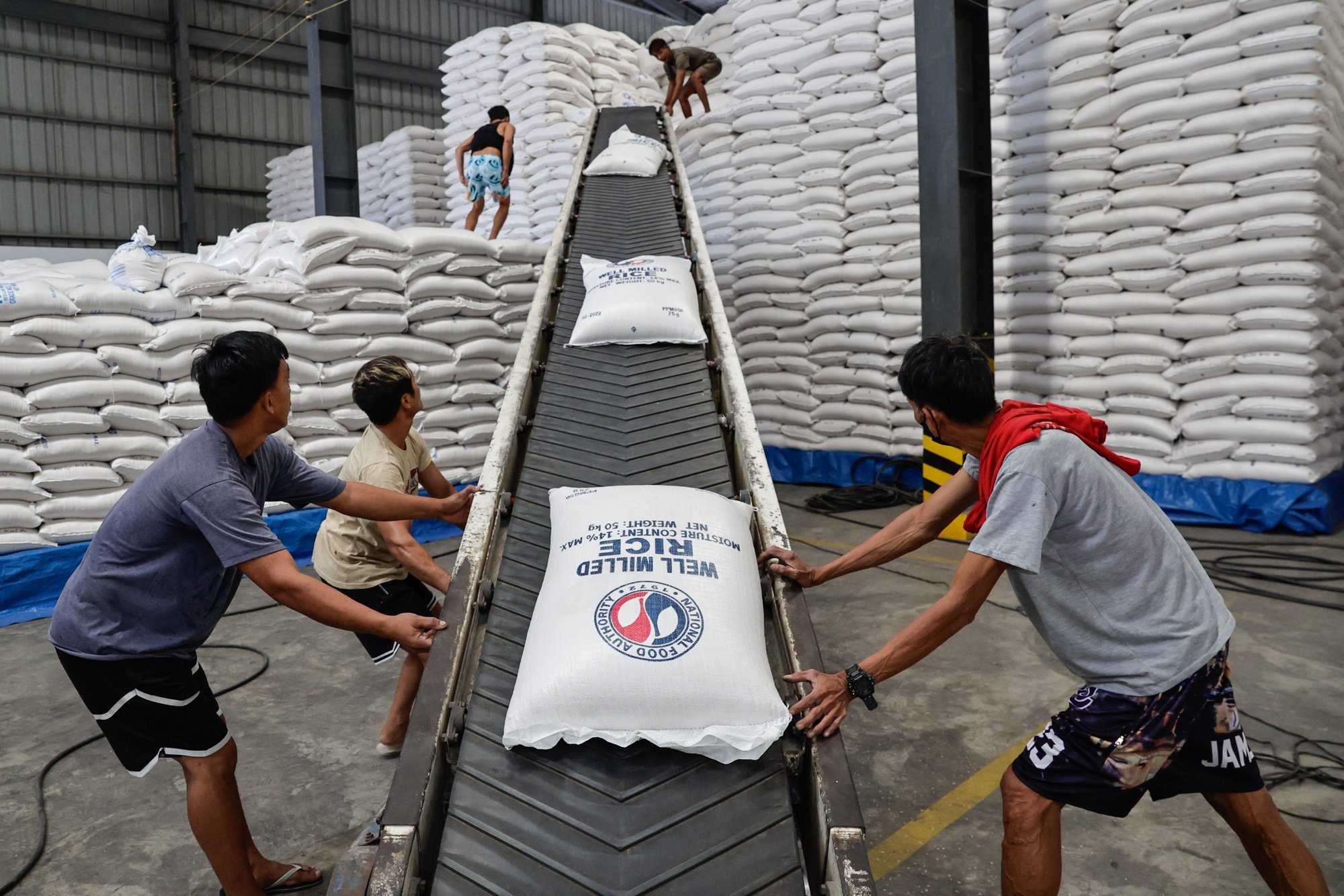What’s the real cost of ‘rice is life’ for Filipinos’ health?
Rice or noodles should make up only a quarter of a meal as overconsumption can lead to health issues such as diabetes, researcher warns

“Rice is life” is a common expression in the Philippines, but researchers are now saying that Filipinos eat too much of it and their love for the grain may cause health problems later on in life.
Rice makes up 50 per cent of a typical Filipino meal, according to a 2023 National Nutrition Survey. That is far too much for a balanced diet, says a researcher from the Department of Science and Technology’s food and nutrition research institute.
Dr Eva Goyena, a senior research specialist from the department, said carbohydrates like rice or noodles should make up only a quarter of the meal, ABS-CBN broadcaster reported on Wednesday.
“The other one fourth of the plate should be for other protein sources like meat, fish, chicken, eggs or plant sources rich in protein like beans and other legumes,” she said, adding that the rest should consist of fruits and vegetables.

Rice prices have been increasing, but the staple remains the cheapest source of protein instead of meat for many Filipinos, with a Social Weather Stations survey revealing that by the end of last year 63 per cent of Filipino families considered themselves poor.
“One of the cheapest food is rice,” Goyena admitted. “It can also be your practical limitation. You may be very busy or don’t have time to cook different varieties of fruits and vegetables.”
People living in areas with an abundance of less healthy options could also opt for rice out of practicality, Goyena said.
The researcher warned, however, that overconsumption of rice could lead to health problems in the long term.

Rice, especially the polished white variety preferred in Asian diets, has a high glycemic index, causing blood sugar and insulin to spike quickly. A diet of high glycemic index foods can increase the risk of developing diabetes.
In addition, a cup of rice of about 200 grams contains around 200 kilocalories – which according to Goyena is about right for someone with an active lifestyle but not for the sedentary.
Excess calories will get stored as fat in the adipose tissue. “If you’re obese, you become prone to diabetes and hypertension. You may not know you have that risk factor which can later lead to cardiovascular diseases,” Goyena warned.
Filipinos’ love for rice has been widely recorded – the country was the world’s top rice importer last year, with imports hitting a record 4.7 million tonnes, according to The Manila Times. The US Department of Agriculture has projected that this figure will rise to 5.4 million in 2025.